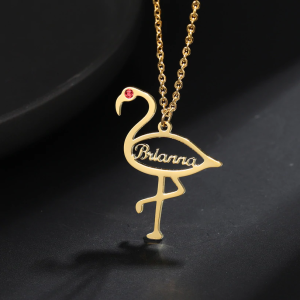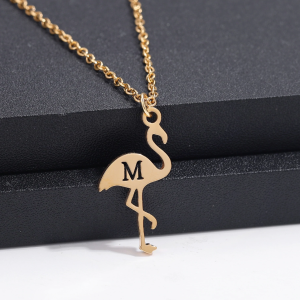Among Asian cultures, kissing is a form of manifestation that may or may not become culturally accepted. Some ethnicities frown following public displays of love, while others tend not to even allow kissing in public places.
The kiss is a form of expression which can be a way to share joy or show companionship and like. It is also a signal of relationship and customer loyalty. However , the cultural values about kissing filipino girls for marriage change from country to country and are frequently not conveniently shared.
In some Asian countries, kissing is an important part of interpersonal life. In Thailand, it is called ‘hawm-gaem’ and it is a symbol of temperature, appreciation or gratitude. It really is done by hitting one’s nose against another person’s cheek, with their lip area enclosed snugly inwards. Additionally, it is considered a kind of checkup, as it helps to determine whether somebody’s family and friends will be clean or perhaps not.
Chinese customs has its own unique kissing practices. People frequently cheek kiss when hand made each other, nevertheless they don’t generally use it to be a form of intimacy. Additionally, they do not mention who is a good kisser.

The handshake is another well-liked way to greet someone in China and tiawan. It is thought about a kind of closeness and provider, but it would not suggest self confidence like the hug.
Despite the fact that it is commonly used to welcome other people, a Chinese hug should be held secret during greetings. This is because the kiss is definitely believed to be an indication of nearness, and it is considered to be rude to expose this.
In India, kissing is a frequent practice that is around for thousands of years. It can be noticed in sculptures and is thought to experience originated from the ancient custom made of’sharing’ inhale.
Smell/kiss colexification is mostly a cross- linguistically rare association of verbs of smelling and verbs that share conventionalised actions of greetings and/or closeness (i. e., kissing). While this connections is certainly not noticed consistently in every languages, it is actually present through the full sweep of Southeast Asian households.
The gravity centre for smell/kiss collexification with the Mon-Khmer branch of Austroasiastic, the oldest retrievable language family of the Southeast Asian Mainland, but it erratically entered languages of the Sino-Tibetan, Tai-Kadai and Hmong-Mien the entire family as their speakers dispersed southwards in Southeast Asia. It is not apparent why this association happened, but it could have been a result of the emergence of in-situ ethnical practice of smell-kissing in the Austroasiatic people, or the switch to Mainland Asia of speakers of earlier Austronesian language families.
The appearance of smell/kiss collexification in the Malayo-Polynesian ‘languages’ of Insular Southeast Asia is also a relict characteristic, suggesting a historical areal interconnection between these languages and people of the Mainland. The a shortage of this characteristic in languages of the touching region advises a more complex historic scenario, which requires additional investigation.







Leave a reply
You must be logged in to post a comment.